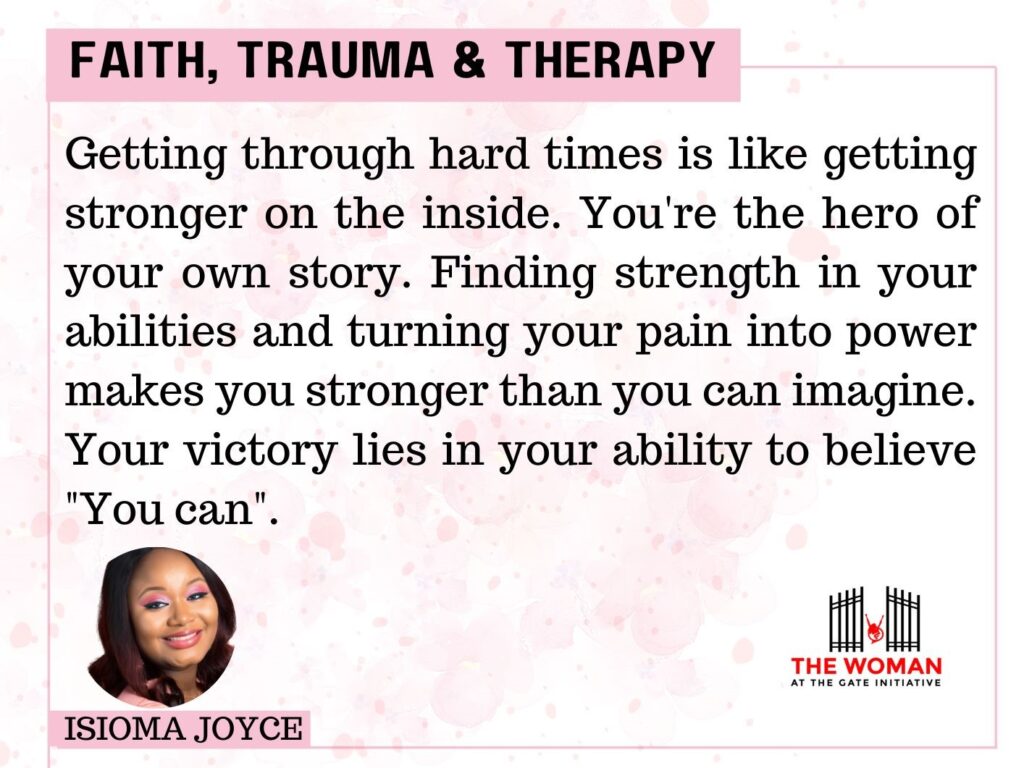
Dealing with trauma can be an overwhelming and challenging journey, but it is possible to turn that pain into power and reclaim control over your life. In this article, we’ll explore practical steps to help you navigate the path to recovery and emerge stronger than ever.
Let’s dive in!
1. Acknowledge the Pain:
The first step towards healing is acknowledging the pain. Understand that it’s okay to feel the emotions associated with trauma. Give yourself the grace to experience and express these feelings without judgment.
2. Seek Support:
You don’t have to face the journey alone. Reach out to friends, family, or a mental health professional who can provide the support and understanding you need. Talking about your experiences can be a crucial part of the healing process.
3. Embrace Self-Compassion:
Be gentle with yourself. Understand that healing is a gradual process, and setbacks may occur. Practice self-compassion by treating yourself with the same kindness and understanding you would offer a friend.
4. Channel Pain into Creative Outlets:
Explore creative outlets such as writing, art, or music to express and release your emotions. These outlets can serve as powerful tools for transforming pain into something meaningful and empowering.
5. Focus on Personal Growth:
Use the experience of trauma as an opportunity for personal growth. Set small, achievable goals that align with your values. Celebrate your accomplishments, no matter how minor, to build a sense of empowerment.
6. Establish Healthy Coping Mechanisms:
Replace destructive coping mechanisms with healthy alternatives. Engage in activities that promote physical and mental well-being, such as exercise, meditation, or mindfulness. Developing positive habits contributes to a resilient mindset.
7. Shift Perspective:
Challenge negative thought patterns by consciously shifting your perspective. Instead of viewing yourself as a victim, recognize the strength within you that has allowed you to survive. Cultivate a mindset that sees challenges as opportunities for growth.
8. Set Boundaries:
Establishing and maintaining healthy boundaries is crucial for your well-being. Learn to say no to situations or relationships that may trigger or exacerbate your trauma. Prioritize your mental and emotional health.
9. Connect with a Community:
Joining a community of individuals who have experienced similar traumas can provide a sense of belonging and understanding. Sharing experiences with others who are on a similar journey can be empowering and foster a supportive network. Such platform is made available At The Woman At The Gate Initiative
Professional Guidance:
Consider seeking professional guidance from therapists or counselors specializing in trauma recovery. These experts can provide targeted interventions and therapeutic techniques tailored to your unique needs.
Conclusion:
Turning pain into power is a courageous and transformative process. By acknowledging the pain, seeking support, and embracing personal growth, you can navigate the path to recovery. Remember, your strength lies not in the absence of pain but in your ability to transform it into a source of power and resilience.
